On Jan. 20, 2020, as the nation celebrated Civil Rights leader Martin Luther King, Jr.’s birthday, Northrup Grumman announced the christening of its latest Cygnus spacecraft the “S.S. Robert H. Lawrence” after Maj. Robert H. Lawrence, Jr., the first African-American selected as an astronaut for any national spaceflight program. The U.S. Air Force selected Maj. Lawrence on June 30, 1967, as a member of the third group of aerospace research pilots for the Manned Orbiting Laboratory (MOL) Program. Of the significance of his selection Lawrence said with his typical modesty, “This is nothing dramatic. It’s just a normal progression. I’ve been very fortunate.”
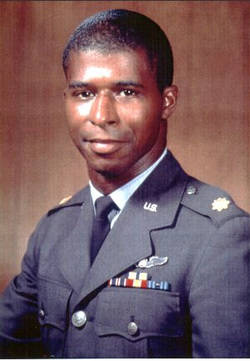
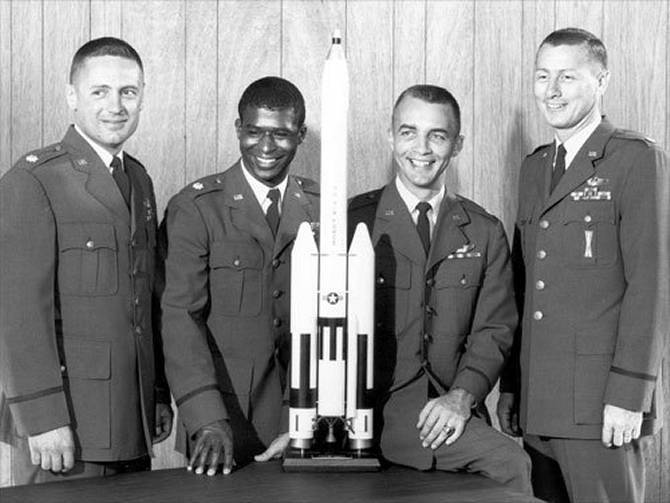
Left: Formal portrait of USAF Maj. Robert H. Lawrence. Right: MOL Group 3 astronauts
(left to right) Lt.Col. Robert T. Herres, Maj. Robert H. Lawrence, Maj. Donald H. Peterson,
and Maj. James A. Abrahamson.
Credits: U.S. Air Force.
The MOL was a joint project of the U.S. Air Force (USAF) and the National Reconnaissance Office to obtain high-resolution photographic imagery of America’s Cold War adversaries. Authorized in August 1965, the MOL Program envisioned a series of mini-space stations in low polar Earth orbit, occupied by 2-man crews for 30 days at a time, launching and returning to Earth aboard modified Gemini capsules. Due to schedule delays and cost overruns, the Nixon Administration cancelled the MOL program in June 1969. NASA selected seven of the younger (under 35) MOL astronauts, and since Lawrence was in that age range it is virtually certain that NASA would have selected him. All the astronauts in that group flew on the Space Shuttle in the 1980s so it is easy to imagine that Lawrence would have piloted one of the early Space Shuttle missions. It is also possible he would have become the first African-American to fly in space.
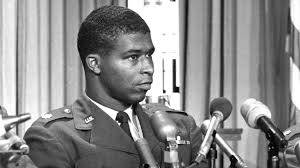
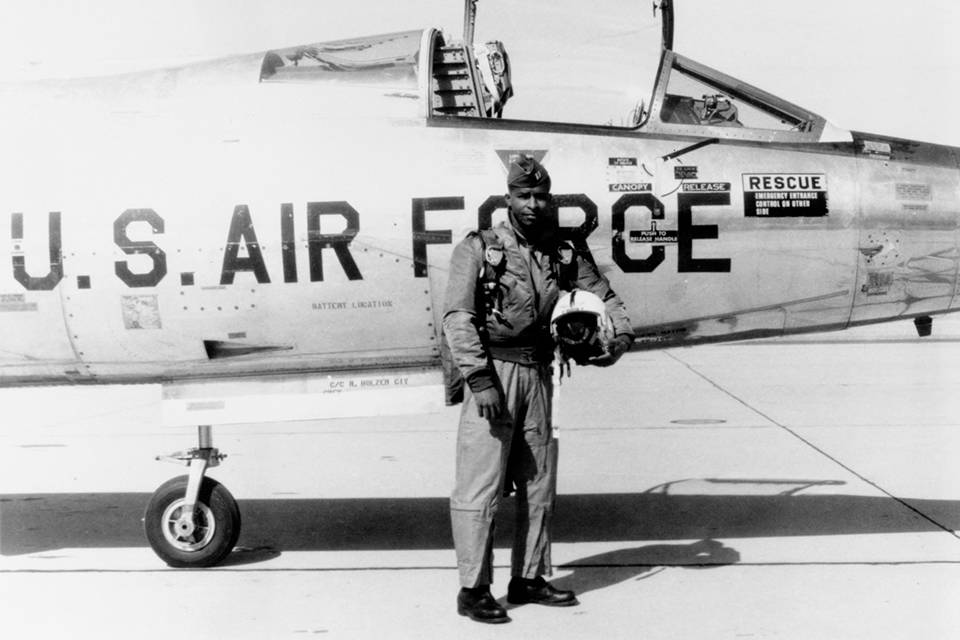
Left: Maj. Lawrence at the press conference announcing the MOL Group 3 pilots.
Right: Maj. Lawrence standing next to an F-104 Starfighter.
Credits: U.S. Air Force.
Born in Chicago on October 2, 1935, Lawrence graduated from high school at 16, earned his bachelor’s degree in chemistry from Bradley University at age 20 and became an Air Force officer and pilot. Lawrence was a highly accomplished pilot with 2,500 flying hours, 2,000 in jets, and earned a Ph.D. in physical chemistry from The Ohio State University in 1965, the only selected MOL astronaut with a doctorate. He completed U.S. Air Force Test Pilot School in June 1967 and was immediately assigned to the MOL Program. During his brief career, Lawrence earned the Air Force Commendation Medal and the Outstanding Unit Citation. While serving as an instructor for another pilot practicing landing techniques later used in the Space Shuttle program, Lawrence perished in a crash of an F-104 Starfighter supersonic jet on December 8, 1967, at Edwards Air Force Base, California. Although both men ejected from the crash Lawrence did not survive, the promising career of the pilot-scientist suddenly extinguished. He was survived by his wife Barbara and eight-year-old son Tracey. Despite the secrecy surrounding the MOL Program, its director Maj. Gen. Joseph S. Bleymaeir, fellow classmates Donald H. Peterson and Robert T. Herres, and other officials attended Lawrence’s funeral in Chicago. Peterson, who later became a NASA astronaut, recalled in an oral history, “Bob was a super guy. His death was a terrible tragedy.”
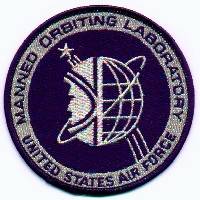
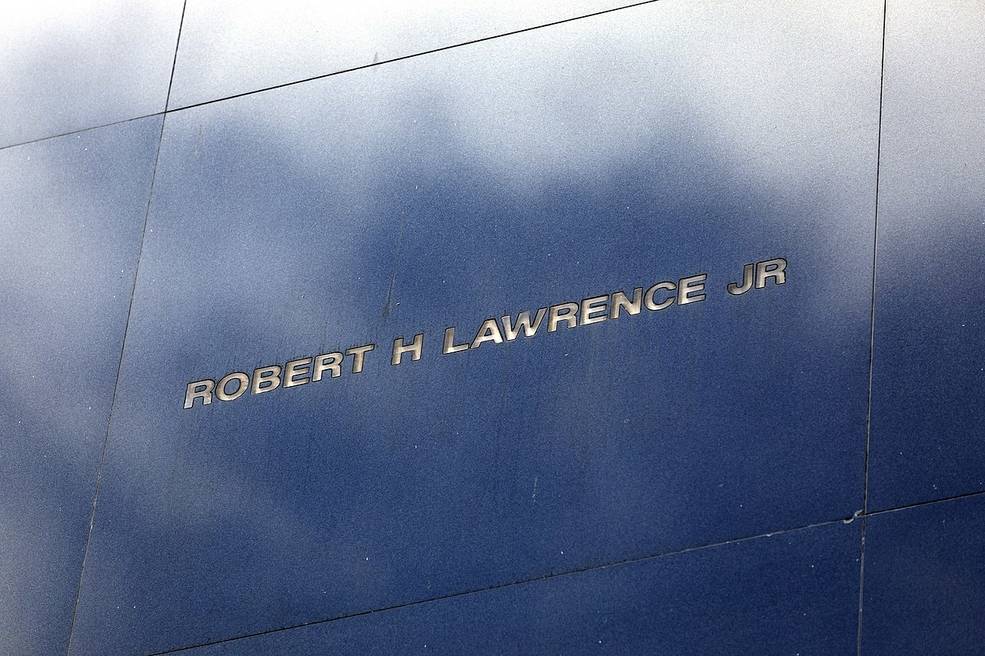
Left: Patch of MOL Program. Right: Lawrence’s name on the Space Mirror.
Because of his untimely death and the secrecy surrounding the MOL program, Lawrence’s name remained largely unknown for many years. A concerted effort during the 1990s to overcome bureaucratic barriers over the definition of an astronaut resulted in Lawrence receiving proper if belated recognition. In September 1997, in tribute to his outstanding accomplishments as an American space pioneer, the crew of the Space Shuttle Atlantis carried his MOL mission patch into orbit during the STS-86 mission and presented it to his widow after the flight. On December 8, 1997, the 30th anniversary of his death, Lawrence’s name was engraved on the Astronauts Memorial Foundation’s Space Mirror at Kennedy Space Center (KSC) Visitor Complex, which honors astronauts who have made the ultimate sacrifice for their space pograms. Twenty years later, on the 50th anniversary of his death, NASA leaders honored Lawrence in a ceremony attended by hundreds. Former NASA Administrator Charles F. Bolden recalled that Lawrence “was involved in the development of the maneuver that would become a critical part of space shuttle landing techniques called ‘flare.’” KSC Director Robert L. Cabana said, “Maj. Lawrence truly was a hero. He took that first step setting the stage for what was to come.” His ground-breaking accomplishments more than 50 years ago continue to be an inspiration, showing that excellence knows no color.
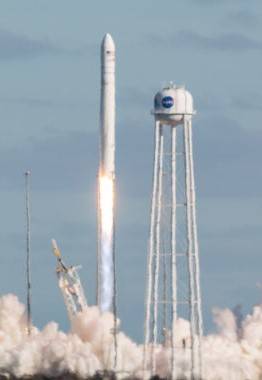
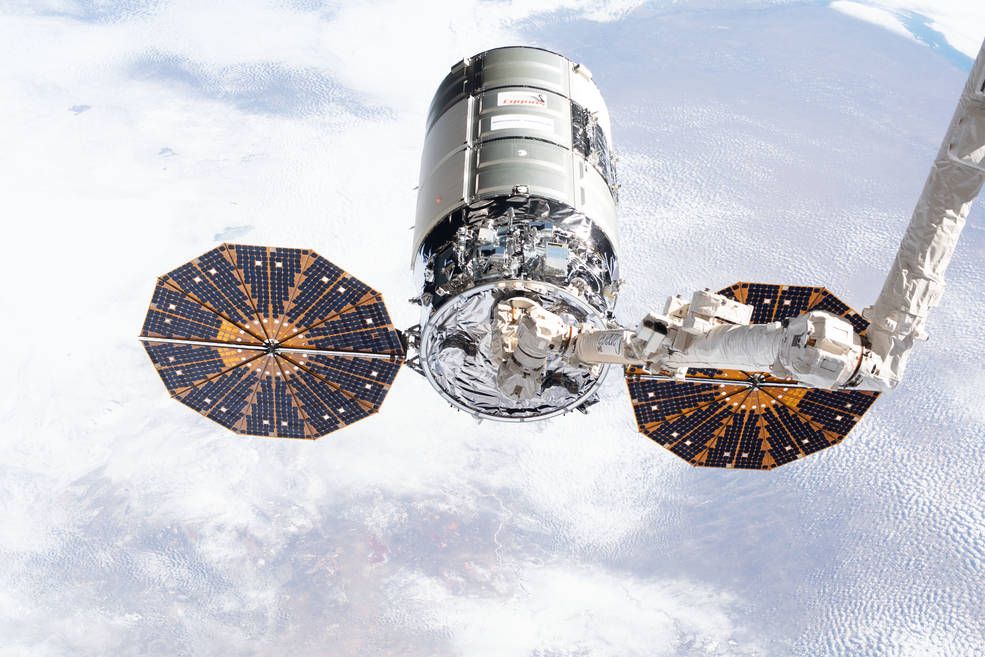
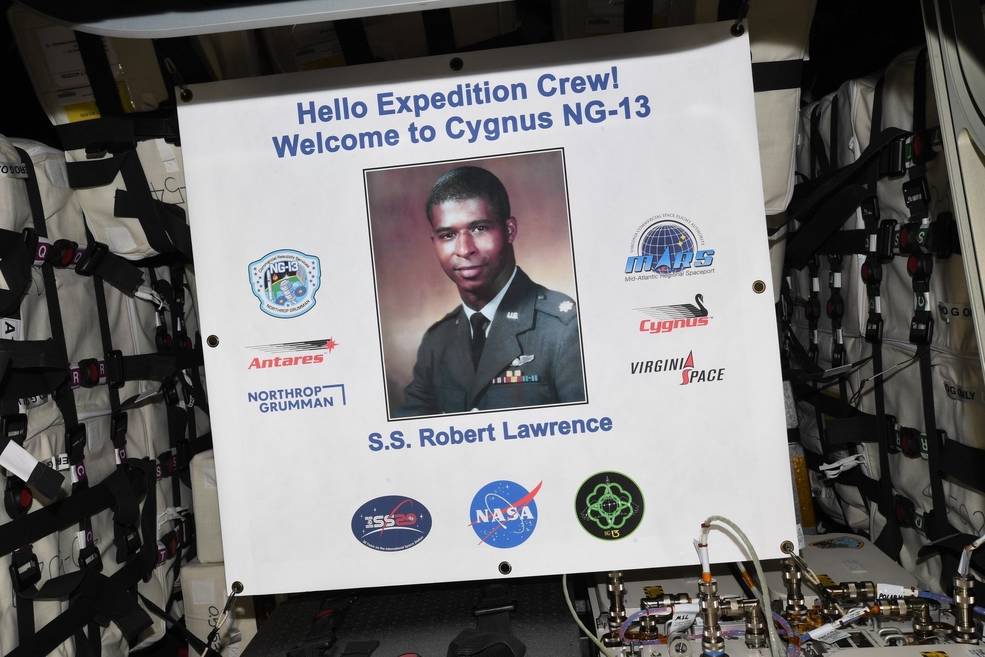
Left: Launch of S.S. Robert Lawrence. Middle: Astronauts grappled the S.S. Robert Lawrence.
Right: Sign inside the spacecraft welcoming the Expedition 62 crew
The S.S. Robert Lawrence is the second in the series of Cygnus cargo vehicles launched to resupply the International Space Station (ISS) under NASA’s Commercial Resupply Services-2 contract and the 13th overall in the program. Launch took place on Feb. 15, 2020, from the Mid-Atlantic Regional Spaceport at NASA’s Wallops Island Facility in Virginia on an Antares rocket. Expedition 62 astronauts Andrew R. “Drew” Morgan and Jessica U. Meir aboard ISS captured the spacecraft on Feb. 18 with the station’s Canadian-built Canadarm2 robotic arm. Ground controllers berthed it to the Unity module’s Earth-facing port. The astronauts shortly thereafter opened the hatch to begin unloading some of the more than 7,500 pounds of science and cargo delivered by the spacecraft.
Read Don Peterson’s recollections about Maj. Lawrence in his oral history interview with the JSC History Office.






















